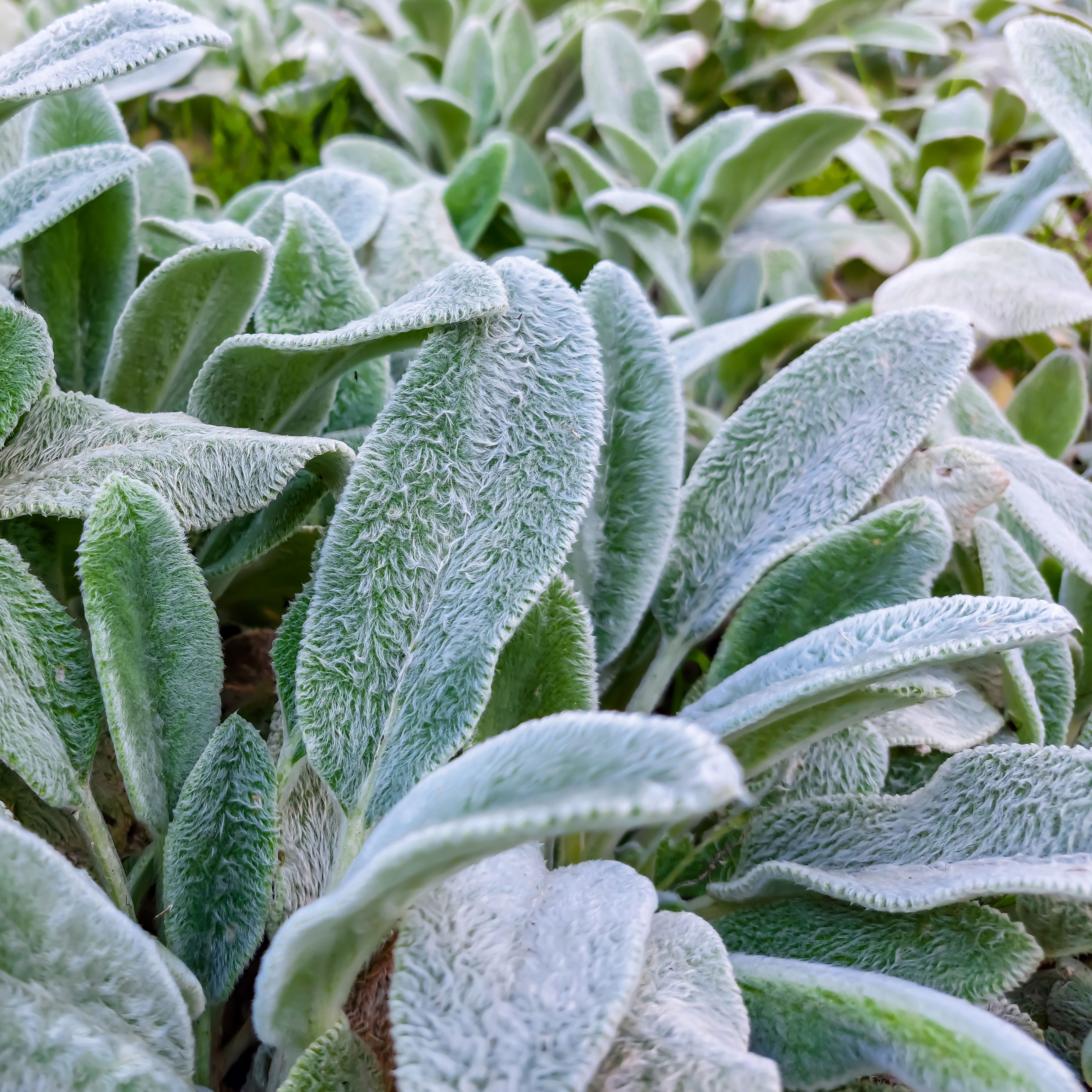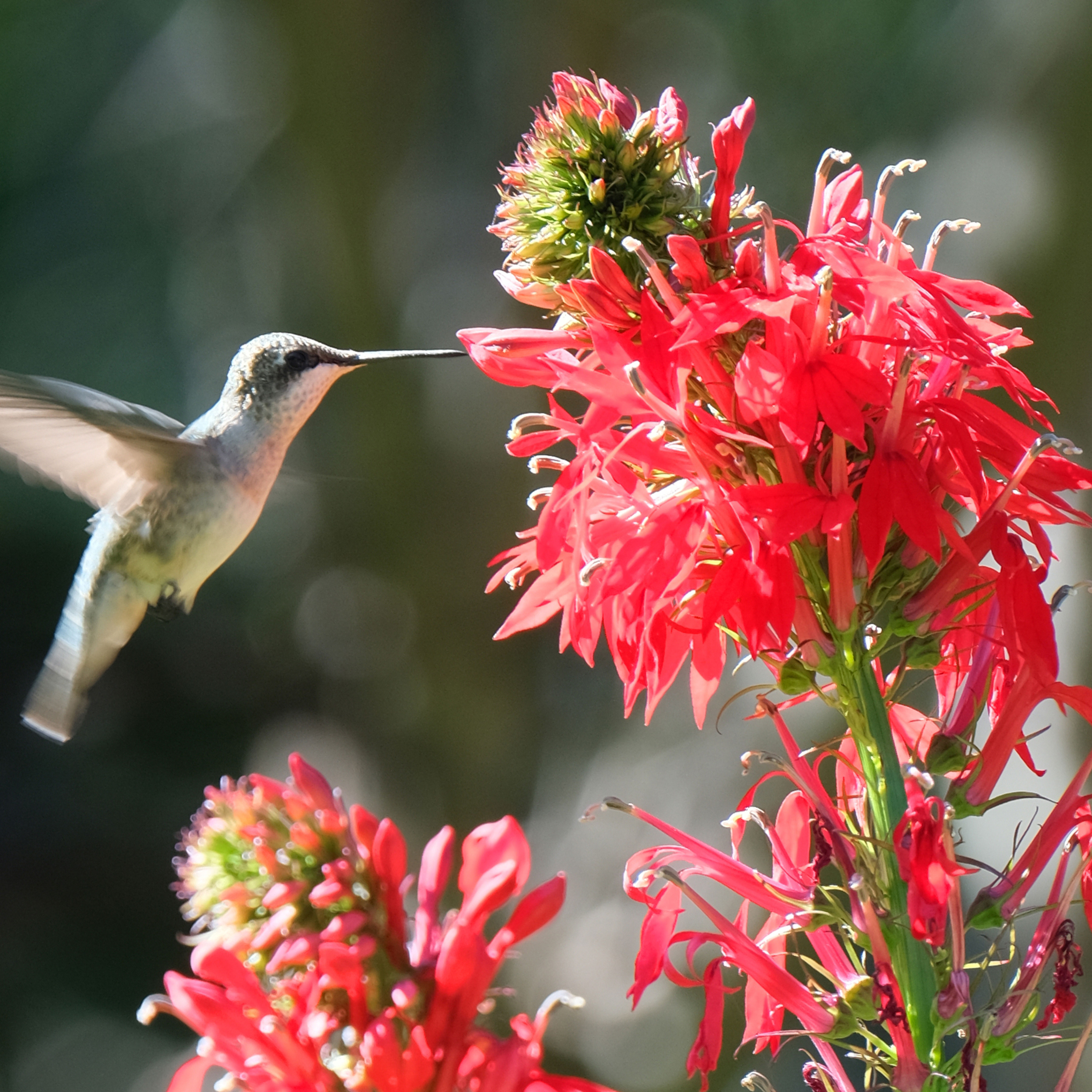Care Of Northern Bayberry: Tips For Growing Northern Bayberry Trees


If you live in a chilly climate, you may consider growing northern bayberry (Myrica pensylvanica). These upright, semi-evergreen shrubs are extremely cold tolerant (to zone 2) and quite ornamental. For more information on northern bayberry trees, as well as tips on how to grow a northern bayberry, read on.
About Northern Bayberry Trees
Some gardeners growing northern bayberry refer to the plants as trees. However, the plant matures to only 10 feet tall by 10 feet wide (3 m. by 3 m.) and definitely falls firmly within the “shrub” category. Northern bayberry, or simply bayberry, plants are loved by gardeners for their ornamental value in the garden. They light up the backyard in winter with lovely silver berries. As these shrubs mature, they tend to spread by suckers. If you aren’t careful, you’ll end up with a colony where you started with just a few plants.
How to Grow a Northern Bayberry
If you are wondering how to grow a northern bayberry shrub, you’ll find it is surprisingly easy. And northern bayberry care is also surprisingly simple, since the plants tolerate everything from salt spray in winter to urban pollution. Care of northern bayberry starts with selecting a good planting site. Growing northern bayberry is easiest in a location with full or partial sun. Bayberry plants are not pick at all about soil. They accept all types including clay or sandy soil, wet or dry soil, and acidic or alkaline soil. That means that your northern bayberry care doesn’t require working in organic material or fertilizer. If you are still worried about care, you’ll be relieved to hear that these bayberries do not suffer any serious disease or pest problems. Care of northern bayberries is pretty much limited to planting them and cutting out the suckers. You can start growing northern bayberries as semi-evergreen plants or deciduous plants. If you site them in a wind-sheltered site, the foliage will likely last most if not all of the winter. However, in an exposed site, the plant loses its foliage in winter. This is often desirable since bare branches tend to enhance the ornamental value of the showy berries in winter.
Gardening tips, videos, info and more delivered right to your inbox!
Sign up for the Gardening Know How newsletter today and receive a free copy of our e-book "How to Grow Delicious Tomatoes".

Teo Spengler is a master gardener and a docent at the San Francisco Botanical Garden, where she hosts public tours. She has studied horticulture and written about nature, trees, plants, and gardening for more than two decades. Her extended family includes some 30 houseplants and hundreds of outdoor plants, including 250 trees, which are her main passion. Spengler currently splits her life between San Francisco and the French Basque Country, though she was raised in Alaska, giving her experience of gardening in a range of climates.
-
 Looking For Plants To Give You The Soft And Fuzzies? Try These 5 Fuzzy Leaf Plant Options
Looking For Plants To Give You The Soft And Fuzzies? Try These 5 Fuzzy Leaf Plant OptionsLovers of texture, drama, silver foliage and tactile plants will adore these special sensory garden additions. These fuzzy leaf plant options will leave you all aglow
By Susan Albert
-
 Get Ready For A Summer Of Hummers! Grow These Full Sun Hummingbird Plants and Flowers
Get Ready For A Summer Of Hummers! Grow These Full Sun Hummingbird Plants and FlowersIf you’re lucky enough to enjoy a sunny backyard, make sure you are maxing out on your pollinator opportunities and grow these full sun hummingbird plants and flowers
By Tonya Barnett